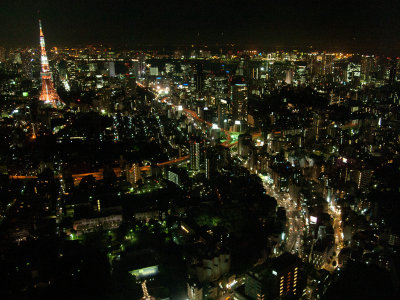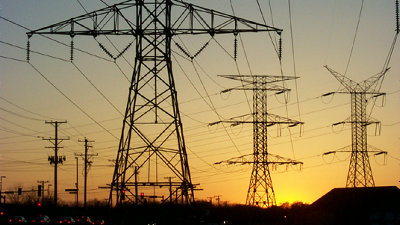Daylight saving time in daylight saving time has no power saving effect, AIST measures the effect of energy saving measures
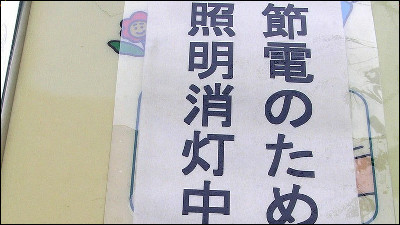
ByNofrills
Due to the accident of the Fukushima Daiichi nuclear power plant caused by the Great East Japan Earthquake, power shortage is expected in this summer. Although companies and local governments have announced various countermeasures as energy saving measures already, many companies have introduced itDaylight savings timeAnd the event of the local day do not lead to the reduction of electricity consumption, and even increase the consumption rather than the announcement by the National Institute of Advanced Industrial Science and Technology.
In addition, simulation was also conducted on planned blackouts that may be carried out when the demand for electricity has exceeded the supply, and despite taking extensive steps, the results that the effect is thin as a whole are also announced It is being done.
AIST: Major Research Achievements Evaluate the effect of the planned blackout in summer and the effect of air conditioning power saving measures
Researcher Tomohiko Ihara and researcher Hiroshi Kaneishi of the National Institute of Advanced Industrial Science and Technology (AIST) 's Safety Science Research Division and Hiroshi Kaori research group have confirmed that power saving measures in the summer and power saving measures centering on air conditioners, And the temperature and temperature inside the room.
Despite the fact that the demand for electricity is the accumulation of three sectors such as industry, business, and home, there is only an evaluation of energy conservation measures at individual divisions, and whether or not there is really power saving under the condition of concern is a matter of concern It was said that it was. Therefore, it was decided to verify whether it would save electricity even if the electric power demand of each division was added.
Since the air conditioning (air conditioner) is expected to account for 30% of the electricity demand on the day when the temperature extremely increases and the maximum electric power demand is predicted, it is expected that air conditioning (air conditioner) will account for 30% ) · Households (detached houses, multi-family houses) simultaneously evaluated the electricity demand of the two departments. However, it is said that industrial sectors where electricity demand does not depend on temperature are excluded.
"AIST-CM-BEM" used for the measurement simulation of electricity demand can calculate temperature and humidity and air conditioning demand which change depending on weather and block structure, air temperature rise due to waste heat of air conditioning, temperature rise and humidity change Numerical model that can take into account the feedback of the increase of air conditioning power demand accompanying. For this reason, we can estimate air conditioning demand which is said to account for 30% or more on a hot summer day, and can also evaluate the effect of various air conditioning power saving measures on the block structure.
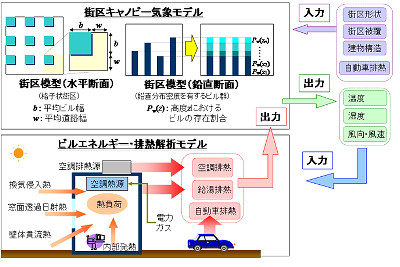
What we need to do the simulation is "weather conditions in the sky (hundreds of meters or more)" and "information on the city block structure." The calculation area is divided into 23 wards of Tokyo and a part of Tama area into about 500 m × 500 m sections, among which 3162 sections except for buildings where no building exists are set. The weather conditions applied the conditions of August 5, 2007, which was a hot summer day with a maximum temperature above 35 degrees.
Illustration of the area to be calculated of the 3162 section which was the target of the simulation.
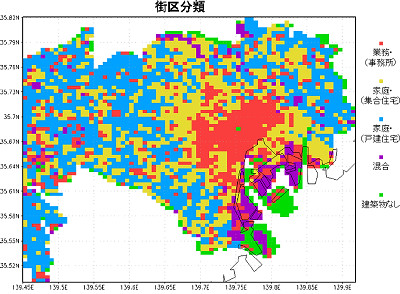
By using these calculation conditions and numerical models, we calculate the maximum power demand and the indoor / outdoor temperature under the "reference scenario without saving energy saving measures" and the "virtual planned blackout scenario", which are standards of comparison, We measured the maximum power demand reduction effect (power saving effect) when various power saving measures were introduced.
As a result, in a scenario assuming a three-hour rolling blackout (equivalent to 20% reduction) in planned blackouts,In order to eliminate the heat stored indoors during a power outage, the air conditioner will be fully operated at the same time after the power recovery, so the demand for electricity rather increases at homeDid. for that reason,Looking at the sum of work and home, the maximum electric power demand reduction is only 9%It was decided.
Electricity demand graph of 3 hour rolling blackout scenario
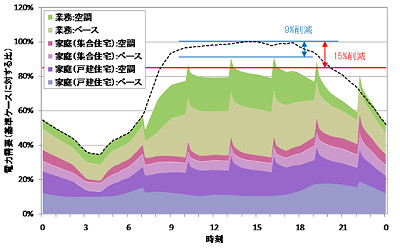
We will also measure similar energy consumption behavior evaluation. When "Blocking the sunlight to be inserted through the window", 7 to 8% at home and 3% at business were effective for saving energy. Regarding "ventilation", since it exceeded 35 degrees at the maximum power demand day, it was not a condition that allowed for ventilation, but it was effective when going after 16 o'clock when the temperature drops.
The setting temperature of the air conditioner is 24.5 degrees for the house average and 26 degrees for the office average, but raising each to 28 degrees resulted in savings of about 6 to 10% at home and 2% at work. However, this is a numerical value when all houses and offices have pulled up, so be careful.
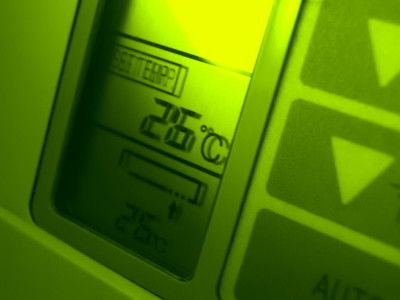
Although the water discharge in morning and evening has the effect of locally relaxing the heat, it turned out that the effect of saving electricity is small even if water is sprinkled on a large scale during the daytime (around 13 o'clock).Large-scale water discharge in the day leads to large evaporation, but since the water vapor can not diffuse, the humidity increase is higher than the decrease of the air temperature, and the maximum electric power demand slightly increasesIt was the result.

ByStumayhew
Assuming the introduction of daylight saving time,Electricity demand at home will be increased at 16 o'clock at home, while the maximum demand for electricity, which is the sum of work and housing, can be raised, while the electricity demand at 14 o'clock is suppressed when all people ahead of the living time one hour ahead is thereIt turned out to be. Conversely, if you kill one hour backward, the electricity demand will slightly increase at 15 o'clock but will decrease in the evening, so it may be an effective means if combined with other measures.

At home, 15% of energy saving achieved by adding "power saving measures", "energy saving ventilation", "ventilating ventilation", "raising the air-conditioning setting temperature", in addition to these, in addition to these, power saving of equipment and lighting is added it canIt seems that the effect is higher if you do orthodox actions.
The content of this time was urgently announced on the site because the time when power saving is required already has been announced, and details which brushed up will be held in Tsukuba city, Ibaraki prefecture from 22 to 24 July 2011 " It will be announced at 6th Japan Heat Island Society Conference ".
You can read more detailed explanations about each item of the above contents from the following link.
Effect of planned blackout in summer and effect of air conditioning (air conditioner) energy saving measures (preliminary report) - Evaluation research department for achieving a sustainable society | AIST RISS
Related Posts:
